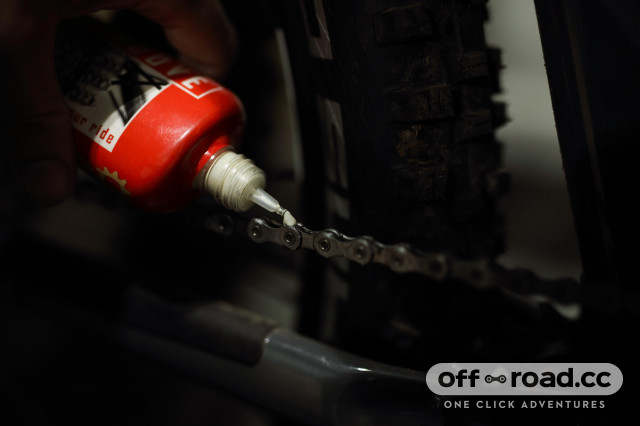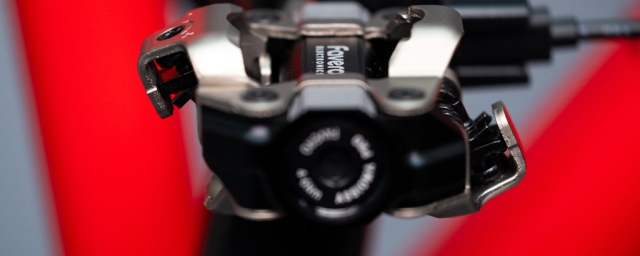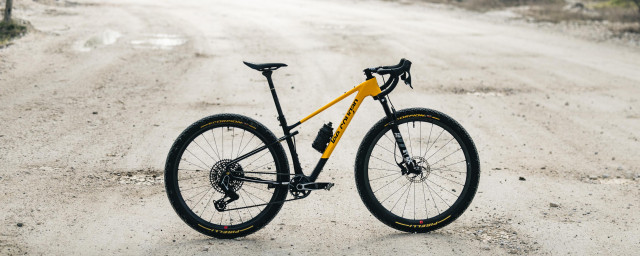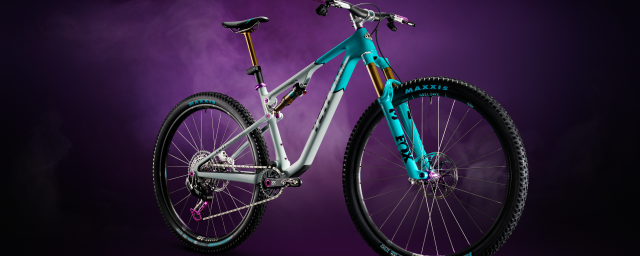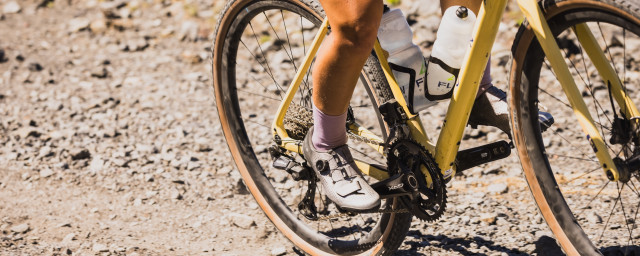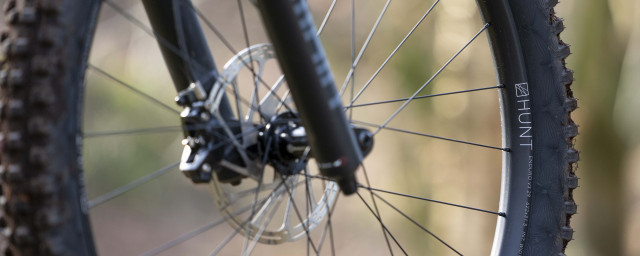Bicycle chains explained - everything you need to know
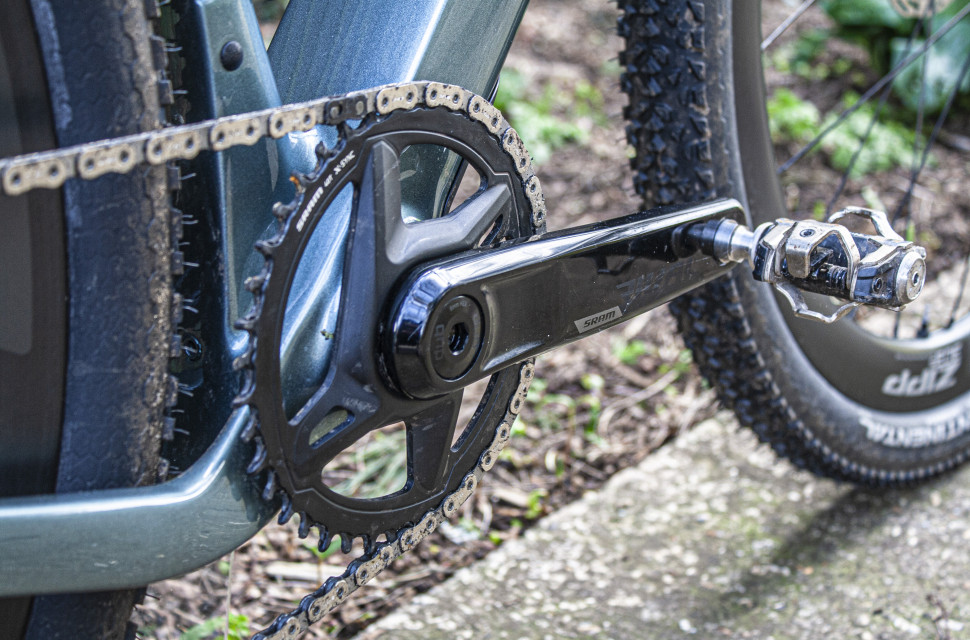
Drivetrains have developed radically over the past two decades. Cassettes have grown much larger and electronic shifting has created incredibly accurate shifting. But for all the advances, nearly all mountain and gravel bikes still use chains.
- 1x Drivetrains - when less really means less
- Bicycle chain wear - why it matters and how to prevent it
- Can you use a road bike helmet for MTB and gravel riding?
The chain-driven drivetrain, with a derailleur for managing shifting and gear tension, is a legacy design which has endured. Sure, belt drive bikes exist, but they are limited in availability due to the fact they employ gearboxes to provide a selection of gears. Thus they’re often heavier. Hardtail bikes like gravel bikes then need a split in the chainstay for installation of the belt.
From the most affordable analogue to the most sophisticated electronic drivetrains, chains are the components that convert rider power to forward momentum. Here’s a guide to what they’re made of and how to care for them.
Steel is real
Custom mountain and gravel bike frame builders often use the phrase ‘steel is real’. It refers to the integrity and durability of steel as a material. That’s why it is the base material of all chains because no other metal components are as exposed to trail debris, mud, and other environmental contaminants as the chain.
Although chains might look simple, they are precision components. The primary structure comprises four parts: outer and inner links, pins and rollers. Although different-sized chains are needed for various drivetrain configurations (1x9, 1x10, 1x11, 1x12, 1x13), the spacing between pins remains unchanged.
Chains are standardised in the distance their links are spaced from each other, which is half an inch (or 12.7mm). But they do differ in width. Why? Because accommodating all those different drivetrain configurations (1x8 up to 1x13) use cassettes that typically fit in the shape space, so the more gears available, the narrower each cog has to be and the chain needs to be narrow to fit and ensure precision shifting.
1x changed everything
Off-road cycling had its most significant drivetrain innovation in 2012 with the introduction of SRAM’s 1X11 system. This was the first single chainring specific mountain bike drivetrain, and its influence has been immense.
Using technology from the agricultural and food processing industry, SRAM engineers created a chainring with alternating narrow-wide teeth. That meant no matter how muddy the trail, riders could confidently ride a 1x drivetrain without worrying about dropping a chain. The single chainring drivetrain has become standardised in mountain biking and is widely used by gravel riders.
off.road.cc on WhatsApp
All the latest offroad cycling news, tech and buying advice straight to your phone.Follow our WhatsApp channel here
Drivetrains with a single chainring put a lot more angular strain demands on the chain, which has to move across a wider range of cassette cogs. As rear cassettes have grown larger and offered more gears, chain technology has developed, too. The precision required to have a single chainring system shift crisply across a chainring with 11-, 12, or 13-speeds leaves very little margin for error or mechanical tolerances.
Why can’t I mix and match chains?
As single chainring drivetrains have added speeds, they’ve encountered spacing constraints. When growing the gear selection from 11- to 12-speeds, adding cogs to the cassettes means working within the available frame space.
Mountain and gravel bike frame designs can’t get much wider in the rear triangle to accommodate larger cassettes with traditional cog spacing. Because you’ll eventually create a rear triangle so wide that it will limit the front chainring to a tiny size, and you’ll suffer unavoidable heel strikes while pedalling.
It’s why drivetrains with more speeds have narrower tolerances between them. Adding more speeds makes the chain narrower; that’s why your 10- or 11-speed chain won’t work on a 12-speed cassette. It makes even more sense when you look at the chain widths for different drivetrains.
A 10-speed chain is 6mm, 11-speed measures 5.5m, 12-speed is 5.3mm and a 13-speed chain is 4.9mm. As with many things in cycling, the difference is tiny in millimetres but very significant in reality.
Are narrower chains weaker? The narrowest chains for 1x12 and 1x13 drivetrains are engineered and built to work within their strain demands. They shouldn't suffer premature wear or breakages if cared for as recommended.
What are the most robust chains, and can you use them on your gravel or mountain bike? Track bike chains measure 9mm across and are the most overbuilt chains, designed to absorb a lot of input leverage from riders. But they only work on single-speed bikes. So, if you have the fitness and strength to ride single-speed, you’ll benefit from excellent durability because the chains are so overbuilt.
Being conscious of chain strain
Drivetrains work with a tension principle, varying the available chain length to the gearing needs of the cassette’s cogs. That means you need the correct chain length to ensure your drivetrain shifts crisply.
When does your chain require replacing? Chains stretch with use, and once they’ve lengthened by about 0.5%, the shift quality starts degrading and the worn chain will cause accelerated wear on the rest of your drivetrain’s components. But how do you know when your chain has stretched that much?
Measuring is wonderfully simple, using a proven mechanical tool that doesn’t require any DIY skills. There are digital and fixed mechanical chain-checking tools, but they all work on the same principle. The chain checking tool has two teeth providing a fixed measurement. if you place it on your chain and it fits flush, your chain needs replacing.
A great deal of preventative care can be applied to chains to prevent premature wear, breakages and horrible shift quality on a ride. Remember that chains are primarily steel, making them vulnerable to rust, especially in muddy and moist trail conditions.
Wax on, wipe off?
Wiping your chain after a muddy trail ride is a given, but it’s worth attaching a clip-on chain cleaning tool every few rides. You can fill these with a biodegradable degreaser and cycle the chain through a few pedal strokes by hand cranking.
The combination of brushes and degreaser inside the clip-on canister will do a great job of cleaning your chain. Lube after degreasing, and you are sure to get the maximum life out of your chain.
For riders who want to obsess about their chain health, advanced wax formulations can be applied. These are more expensive than conventional chain lube, but last longer, regardless of conditions, and promise to provide superior protection and a very low mechanical drag coefficient.
Chain waxing is a lot more effort than just lubing. You must remove your chain, meticulously clean it, cook the wax blocks, dip the chain, and let it cure. The durability and efficiency benefits of waxed chains are real, which is why the most friction-conscious cyclists – road riders – wax their drivetrain chains.
For gravel riders and endurance mountain bikers who are mindful of saving watts, especially when grinding along on flat jeep track, chain waxing is worth the effort.
Your chain needs to be the correct length
Full suspension mountain bikes especially interact with their chains slightly differently in that when the rear suspension compresses, the chainstay grows in length. However, marginally, running a chain that’s too short will run the risk of destroying your derailleur as it maxes out the fore and aft movement that’s built into the mech that ensures even chain tension across all of the gears. On a hardtail mountain bike, or a gravel bike the correct chain length isn’t as detrimental to the lifespan of your mech.
However, a chain that’s too long will harm the quality of your shifting and cause an awful lot of chain slap as the slack hits against your chain and seat stays. When fitting a new chain, compare your new chain with the old one and make sure that the new one has the same number of links.
SRAM has an excellent chain length calculator that you can use if you’re running one of the brand’s latest Transmission drivetrains but an easy way to determine chain length from scratch is to wrap the chain around the biggest cog on the cassette. Having wrapped it around the chain ring too, overlap the ends of the chain. SRAM suggests adding one inner link and one outer link where the chain overlaps whereas for hardtails its recommended to add two inner and outer links using a chain tool to remove excess links.
To measure a chain for a full-suspension bike, the rear suspension needs to be compressed to the point where the rear axle is the furthest away from the bottom bracket.



